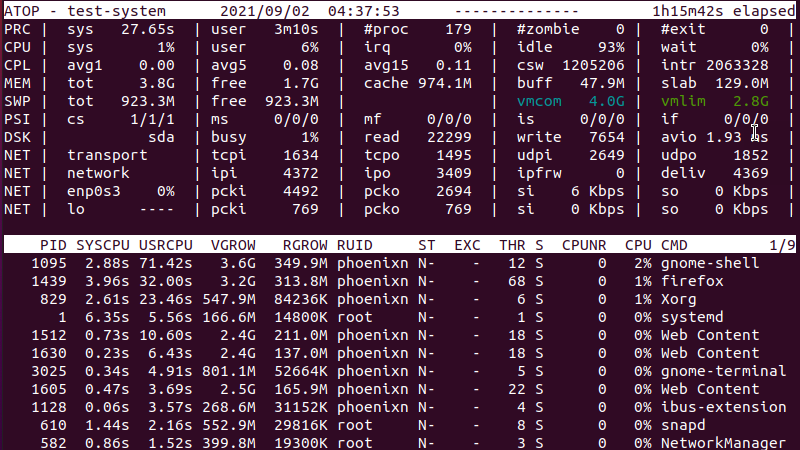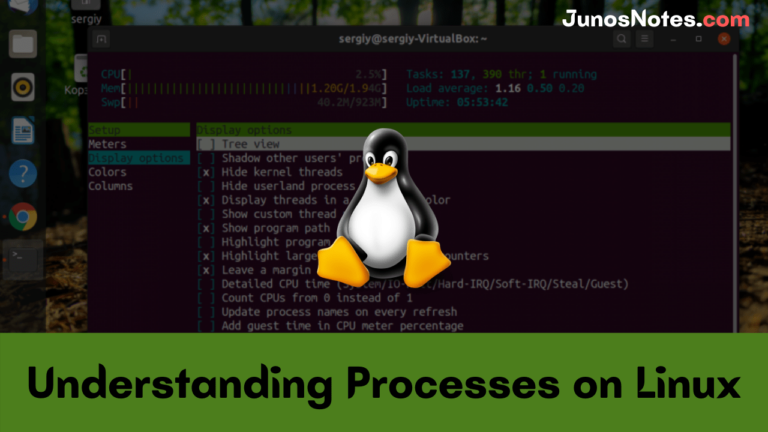

In other words, if you want to safely kill children of your session leader, prevent those children from creating subgroups, (making your session id always match with a single process group id). If they have a handler for SIGHUP, they may live on as daemons. If they're stopped process groups, they'd have no one to wake them up (these are called orphaned groups), so init will send them SIGCONT and SIGHUP (these two, with SIGHUP being sent first). The processes that remained after a closing of a session in this way are then reparented to init. OR follow the command if you wish to terminate the processes by process name. Use the following command to kill the PIDs. You can only kill the direct children of the session leader or their whole process groups, but the processes that get killed in this fashion may not transmit the kill signal further on to their subgroups-something you can't safely/reliably do for them. In the above example I have selected two PIDs '24'. Walk_processes() īut you can't use the pids obtained in the above fashion to implement a safe "kill a whole process tree" (with a session being a specific type of a process tree). #Or recursively get all the nodes (this should match the corresponding part of the above ps command) So you could theoretically walk the process tree, e.g.: #This will create a nice process tree The only processes you can safely kill are your direct children because only for them you'll be able to know with certainty that their pid is accurate.*įor any other process, pids of their nonchildren processes are a moving target (though very very slowly moving, unless you're on an extremely busy system where processes are spawned like crazy, making pid recycling very fast). A process finds the ID of its session using the system call getsid(). See the description of enable-linger in loginctl(1). Depending on the linger settings, this may allow users to run processes independent of their login sessions. (When the process is created, it becomes a member of the session of its parent.) By convention, the session ID of a session equals the process ID of the first member of the session, called the session leader. In addition to session processes, user process may run under the user manager unit rvice.


CPU(s) – a CPU time used by the process (time on all CPUs is counted).View all the processes except session leaders : rootrhel7 ps -d. From Fig.01 we see the following for each user: USER Linux or Unix login name. WS(K) – the size of physical memory (in KB) used by the process (Working Set) The process ID of first process of any session is similar as the session ID.

PM(K) – the size of the process memory that may be paged.This is the size of the process data (in KB) that is never paged on disk Background process (interruptible sleep and a session leader and is in foreground group) ps aux: R+: Running foreground process: Use the following command to list Linux processes along with pid, user name, stat as follows: ps -eo pid,user,stat,comm You can combine ps with grep command command as follows. NPM(K) – is a non-paged memory ( non-paged pool).Handles – the number of input-output file descriptors ( handles) opened by this process.By default, these properties of running processes are displayed:


 0 kommentar(er)
0 kommentar(er)
